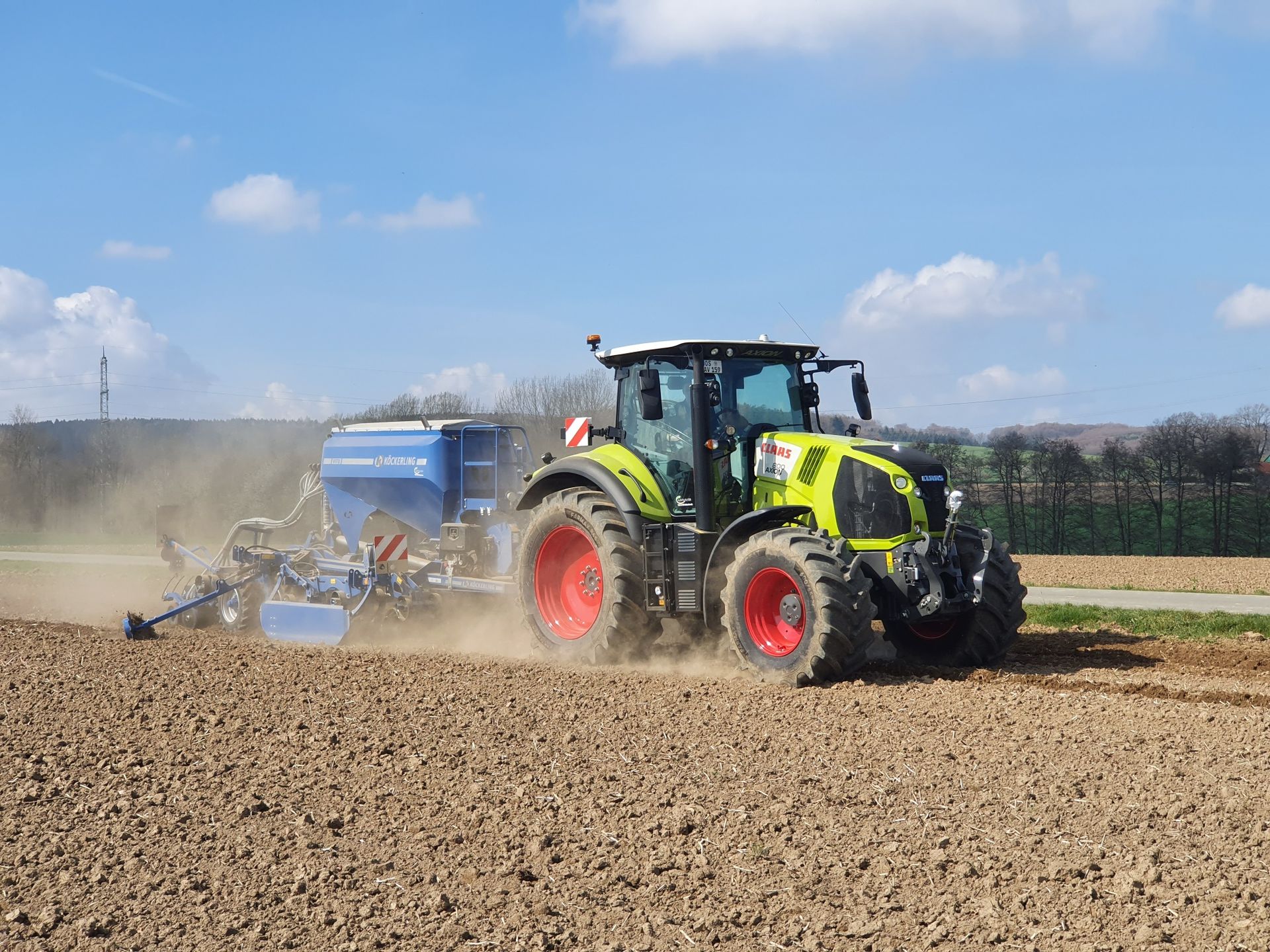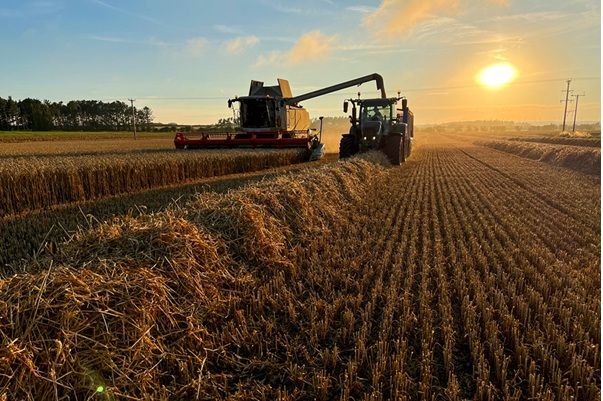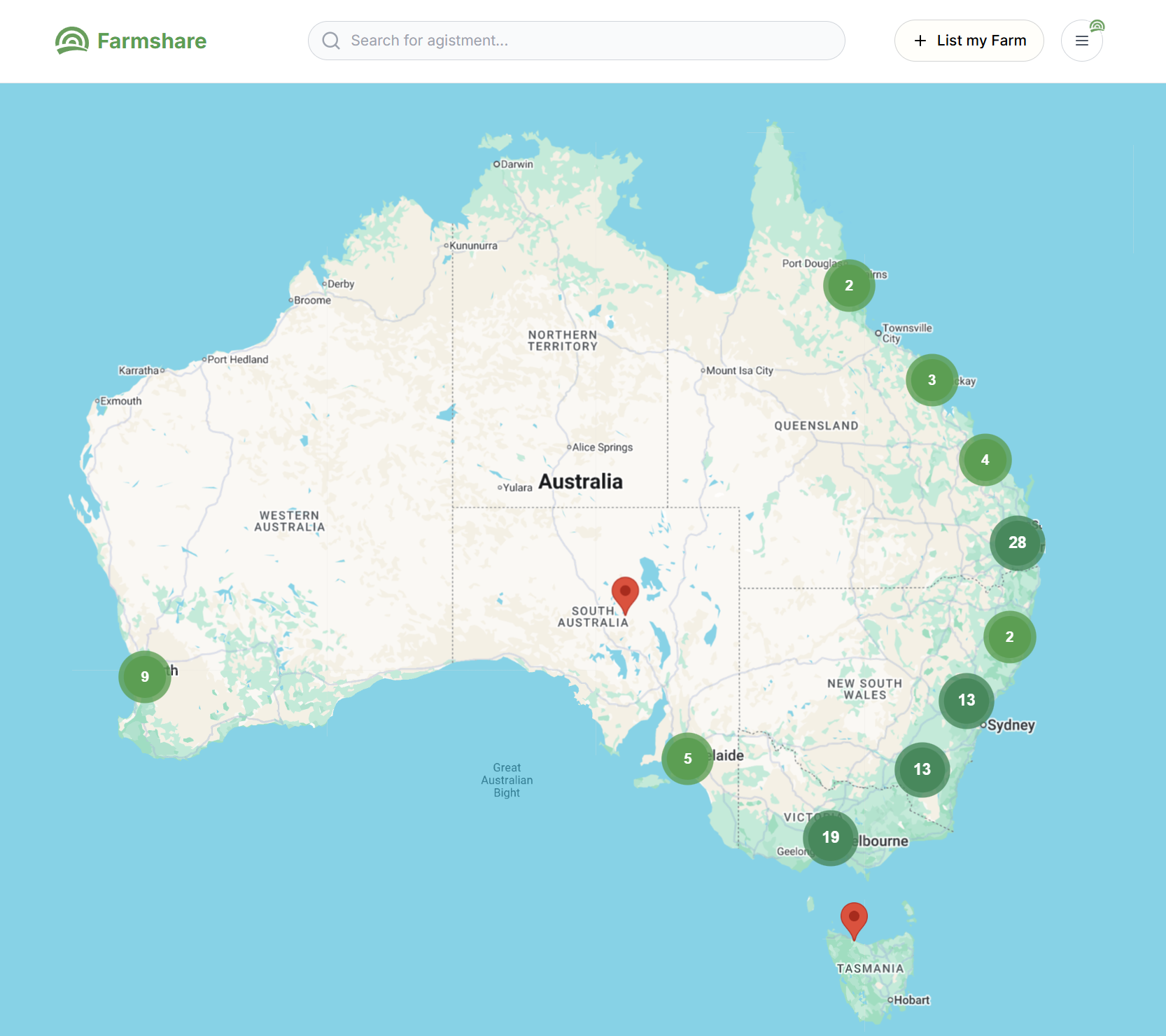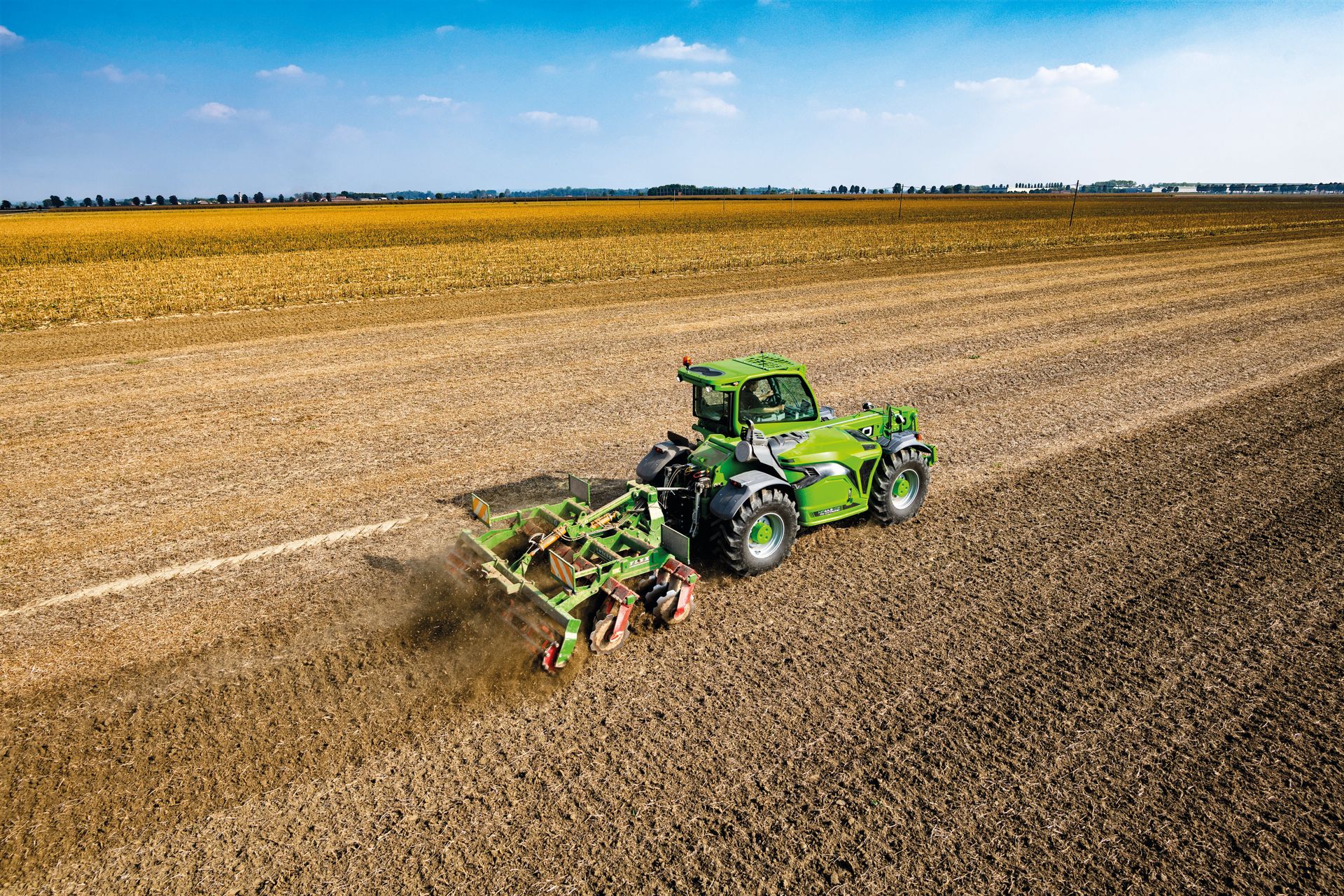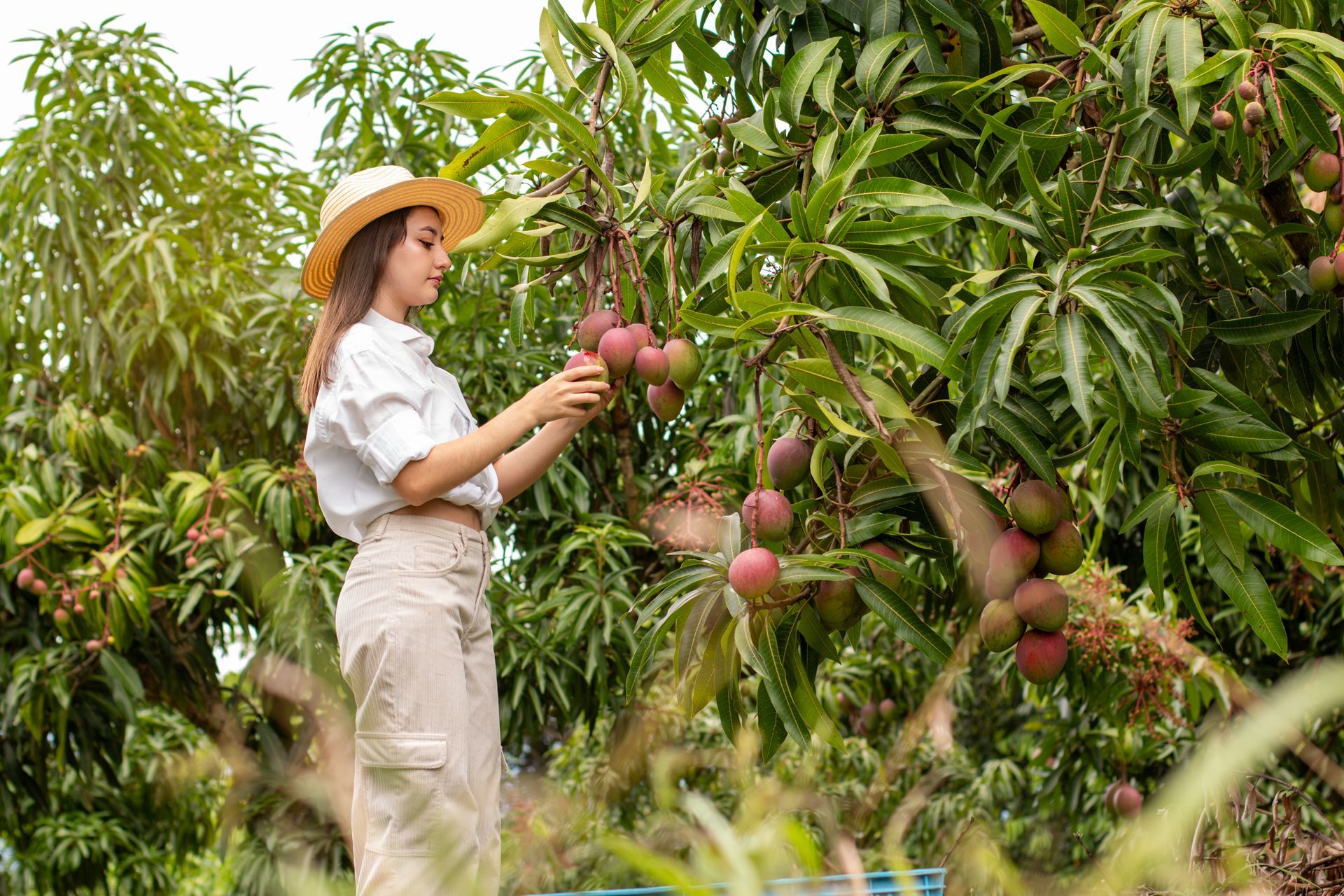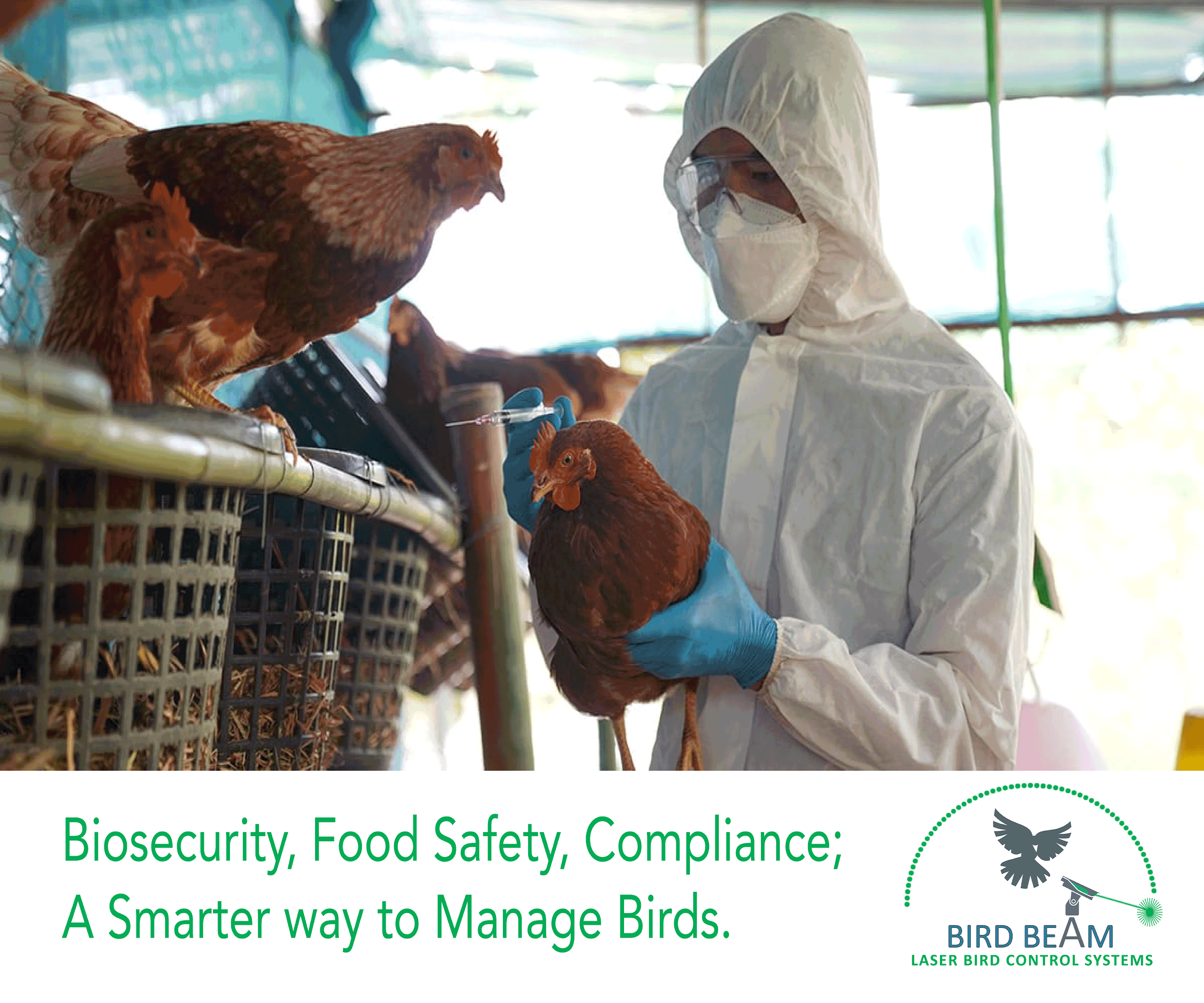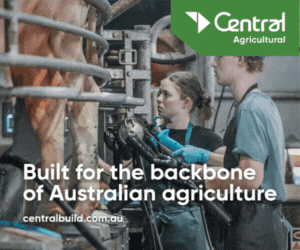1MG FlippingBooks
Feeding Australia and the world
Supporting science-based research and development in agriculture is helping Australia produce food for the world’s growing population.
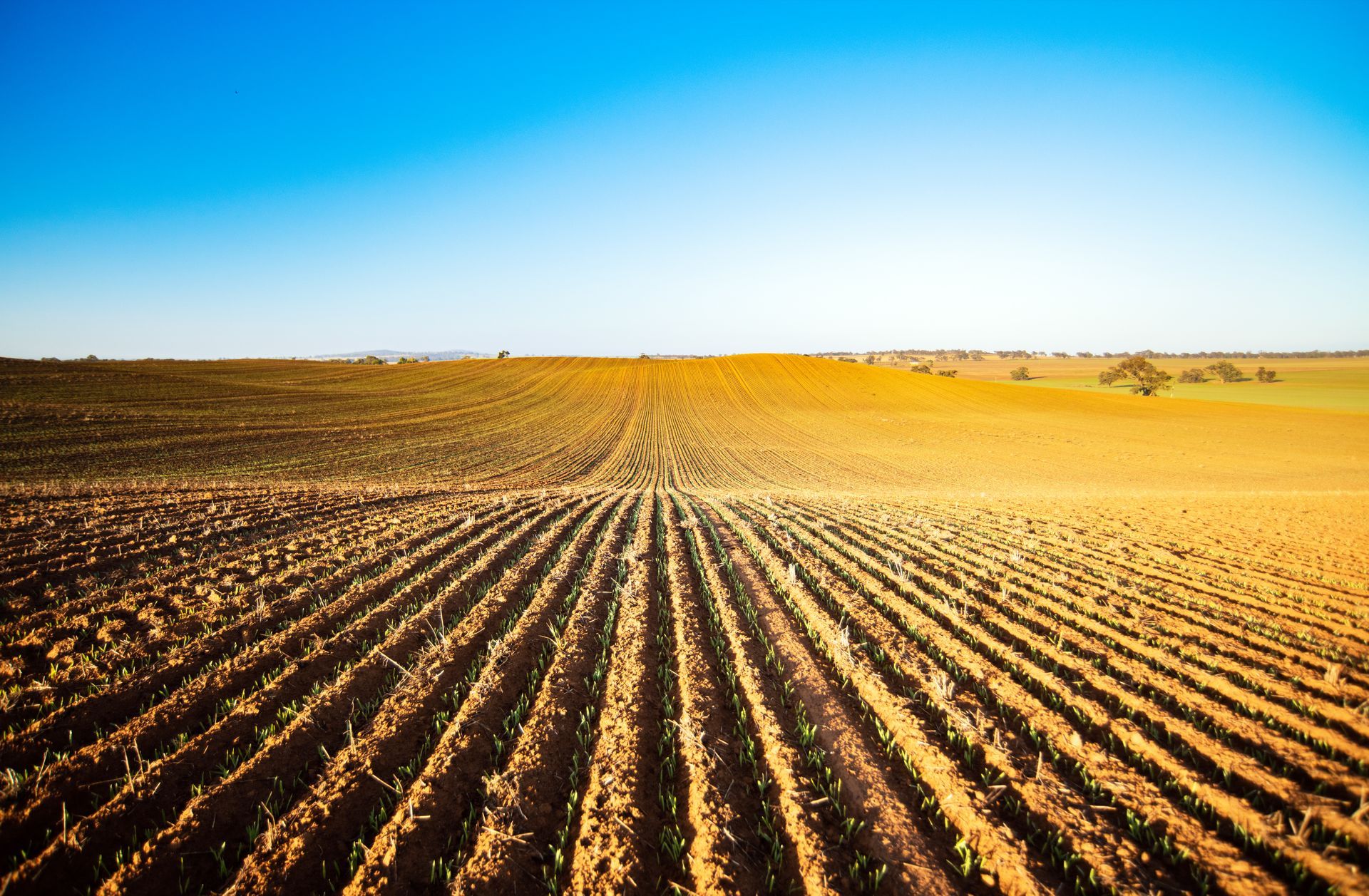
Feeding yourself and your family is one of the most important responsibilities of an individual. By and large, modern communities have delegated this responsibility – and their food security – to a relatively small number of producers.
As a result, farmers have an incredibly important role. They feed us, some warm us, and all are custodians of our landscape and ecology.
Commercial agriculture and the science that supports it are now vital to society.
The innovation challenge facing agriculture
The challenge of feeding the world’s people is becoming greater. In 2016, 815 million people, or 11% of the global population, went hungry1.
Low and middle income countries account for almost half the world’s mouths to feed but only produce one quarter of global agricultural output. The imbalance is increasing, not improving2.
By 2050, with 9.8 billion people predicted to be sharing the planet,3 food supplies will be under extreme stress if we only maintain current rates of production. Against this 60% increase in demand, climate change, urbanisation and soil degradation are all reducing the amount of viable farmland. Adding water scarcity, biosecurity threats and pollution highlights the inescapable need for farmers to be more productive per unit of arable land and available water, and to grow food under previously prohibitive conditions.
In short, if the global community wants to maintain food security into the future, farmers need to innovate faster than ever. Global agricultural output must increase at more than 1.7% per annum to sustain our food, feed, fibre and bioenergy needs for the 2050 population.
Farmers constantly innovate and adapt to maximise their yields. But they need the support of science to achieve significant changes.
The importance of science
In the 1950s and 1960s the adoption of scientific method and new technology led to the so-called ‘Green Revolution’ with higher yielding varieties of wheat and rice and widespread production uplifts.
This approach has continued to deliver improvements, from the subsequent ‘Gene Revolution’ and more widespread applications of genomic research, to rapid progress in precision agriculture.
Ultimately, last century’s far-sighted and sustained investment in science paid off with improved food security, reduced food costs, lower levels of global poverty and ongoing progress.
While there will always be a need for such patient and persistent research, the new food security challenge also demands a fundamental shift in how quickly science can deliver real-world results. Advances discovered by ‘pure’ and ‘basic’ science will need to be progressed into more ‘adaptive and applied’ agricultural science faster than ever.
The adoption of the Green, Gene and Genomics Revolution plus the adoption of ag technologies and improved farm management practices, especially in high-income countries, has increased global agricultural output by 60% over the past 40 years, while global cropland has expanded by just 5%.
This trend has started to taper off, but scientists globally – and here in South Australia – are rising to the challenge.
Can we achieve these productivity gains again? We have to!
It will be a far more complex challenge this time around, however we now have more tools at our disposal.
Improving agricultural output for a changing world
Rectifying production constraints is a key focus for agricultural science today. Improving crop resilience to soil sodicity or acidity, water scarcity and disease can all help improve yields – especially on marginal land.
Improving soil carbon can also increase productivity while helping sequester carbon to benefit the environment.
The revolution in precision agriculture technology is delivering incremental yield improvements, as are scientific improvements in crop varieties, seed viability, nutrient management and animal health.
In addition to these direct contributions, attention to ecosystem services such as pollination and erosion prevention can help increase and sustain productivity gains on farms.
The powerful combination of specialised technology, best farm management practices, and attention to ecosystem services will be the key to supporting agricultural productivity growth, sustainability and resilience.
The future of agricultural science
The fundamental nature of agricultural science is already changing.
We can expect biology, mathematics and engineering to become more and more intimately linked in the future. Satellites and the Internet of Things will provide more data on production systems than ever. Farmers will be capturing more data from increasingly diverse sources. They will be able to link genetic information with production data and sophisticated climate models to make decisions on what to plant, where to plant, when and where to add nutrients, how to protect crops and animals from diseases, and when to harvest.
The tools farmers use to make these decisions, and the inputs they apply as a result, will all be delivered by agricultural science.
In the past, a new crop variety or animal line was developed over several generations by the breeder.
Now, agricultural science involves agronomists, crop physiologists, cell biologists, pathologists, molecular biologists and geneticists, as well as software programmers, computer scientists, statisticians and economists. These teams must work collaboratively with climate scientists (and other disciplines) to understand the conditions their new lines must be optimised for.
Helping Australian farming to evolve
Agricultural production has remained central to Australia’s economy because we have developed and delivered new technologies through a strong research base. This has been crucial to sustaining and increasing productivity, even though we grow food in dry climates, in low quality soils and under continual climate variability.
Our agricultural R&D capability ranks among the best in the world, as evidenced by our strong research sector, significant achievements and shared projects with overseas institutions.
In South Australia, primary industries and agribusiness revenue amounted to $15.2 billion for 2018-2019 fiscal year including $3.79 billion from field crops and $3.17 billion from livestock.
The state’s Food, Wine and Agribusiness Sector Plan aims to grow this revenue to $23 billion by 2030.
Enabling and achieving this increase will see agriculture make a substantial contribution to the South Australian Government’s Growth State initiative for increasing gross state product by three per cent each year. It will also be vital to Australia’s NFF Industry Roadmap 2030, which envisions agriculture as the nation’s next $100 billion industry.
A number of South Australian government-supported research and development projects are focused on improving the productivity and profitability of South Australian growers, and thereby contributing to the drive for improved global food production.
The continued development and application of agricultural science will only strengthen our agricultural production, alleviate food security pressures worldwide and make a substantial contribution to the remarkable value of Australia’s farming industry.
Dr Peter Appleford is Executive Director of the South Australian Research and Development Institute (SARDI) – Department of Primary Industries and Regions (PIRSA).
1 “The State of Food Security and Nutrition in the World 2017.” Produced by FAO on behalf of United Nations.
2 The future of food and agriculture Trends and challenges, Food and Agriculture Organization of the United Nations Rome, 2017.
3 World Economic Forum.28 Mar 2018
